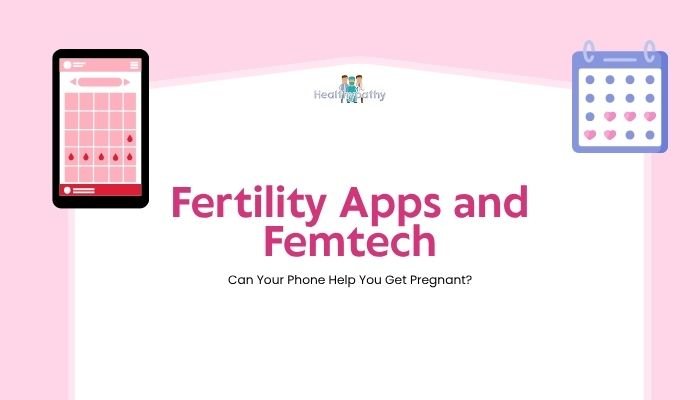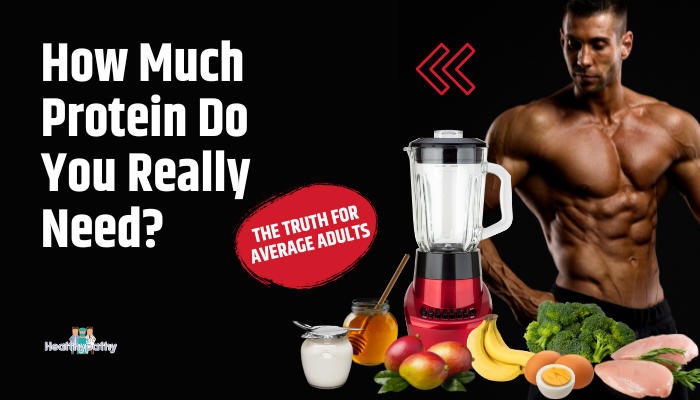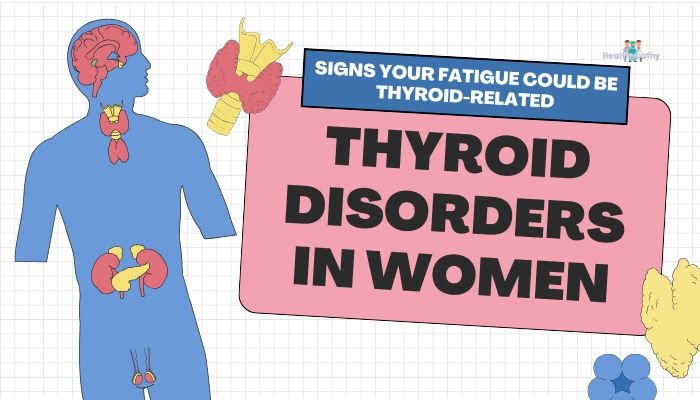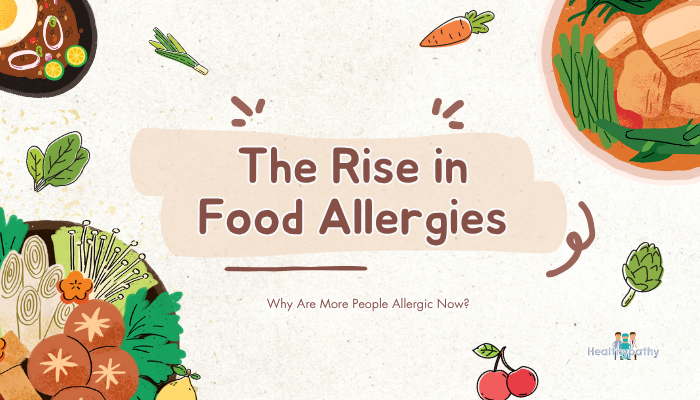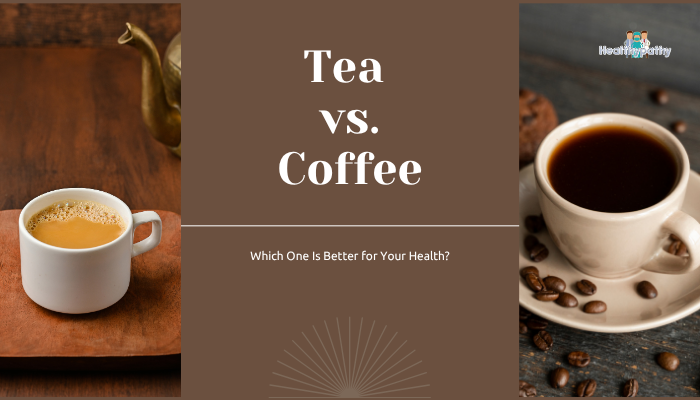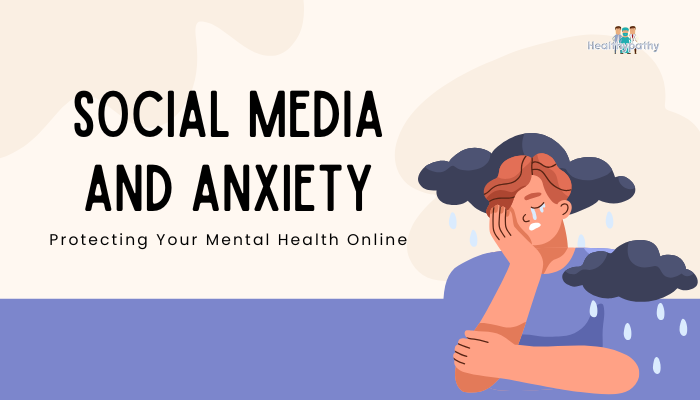Introduction
From period trackers to advanced fertility monitors, femtech is rapidly transforming how women manage their reproductive health. For couples aiming to conceive, these fertility apps and wearable technologies promise to simplify the process by identifying ovulation windows or analyzing patterns that can increase the likelihood of pregnancy. While such tools aren’t miracles, many users find them helpful for tracking cycles, scheduling intercourse, and gaining a better grasp of underlying fertility issues. This guide explains how these apps work, their benefits and limitations, and practical tips for using them in your conception journey.
Understanding Fertility Apps and Femtech
How They Operate
Fertility apps gather daily data—like basal body temperature (BBT), cervical mucus observations, or results from ovulation predictor kits—and apply algorithms to predict your fertile window. Some apps integrate data from wearable devices that monitor overnight temperatures, pulse rates, or other physiological signals. By consolidating these metrics, you get real-time cycle insights on your smartphone.
Common Features
- Cycle Charting: Many apps let you log periods, symptoms (headaches, mood), and sexual activity.
- Ovulation Prediction: Using past cycles, BBT readings, and sometimes proprietary algorithms, they estimate fertile days.
- Reminders & Notifications: Alerts to check or record your fertility signs or to schedule intercourse on predicted peak days.
- Community/Forum Integration: Some platforms include chat options or resource libraries discussing fertility tips.
Wearable Gadgets
Newer femtech tools (like wristbands or basal temperature rings) automatically sync with an app to track subtle changes in temperature or heart rate, eliminating the need for manual charting each morning. Such data can refine predictions of ovulation and luteal phase length.
Benefits of Using Fertility Apps
Ease of Organization
Apps simplify record-keeping. Instead of pen-and-paper charts, all fertility data is in one place—searchable, analyzable, and shareable with a healthcare provider.
Improved Self-Awareness
Continuous logging prompts a deeper understanding of your cycle’s unique patterns, from how your mood correlates with hormone shifts to discerning ovulation day. This knowledge fosters better autonomy in family planning decisions.
Potentially Better Timing
Maximizing intercourse around peak fertility is essential for conception. Alerts from these apps can help you plan appropriately when you might otherwise guess or risk missing the vital window.
Emotional Support
Many femtech apps include built-in communities or guided content addressing stress or concerns about fertility, offering mental health boosts during what can be an anxious process.
Common Challenges and Limitations
Accuracy Varies
While advanced algorithms can be impressive, no app is 100% foolproof. Irregular cycles, health conditions like PCOS, or disrupted sleep patterns (for BBT methods) can skew predictions. If you have irregular cycles, repeated data entry for multiple months often helps refine the app’s accuracy.
Over-Reliance on Tech
While the convenience is appealing, focusing purely on an app’s predictions without paying attention to real physical signs or professional medical advice may lead to frustration if pregnancy doesn’t happen as expected.
Privacy Concerns
As with any digital platform dealing with sensitive health data, be aware of privacy policies and how your personal data might be stored, shared, or sold.
Potential for Misunderstood Results
Apps can’t diagnose underlying fertility conditions (e.g., tubal blockages, endometriosis) or guarantee accurate detection of ovulation. If consistent issues arise, consulting a reproductive endocrinologist or OB/GYN is essential.
How to Maximize Apps for Conception
Consistent Data Entry
For best results, remain diligent about:
- Recording BBT daily (if using BBT-based apps).
- Logging Cervical Mucus consistency and changes each day.
- Syncing Wearables frequently for continuous data capture.
Combine Multiple Indicators
Use your subjective cues—like mid-cycle pelvic twinges (ovulatory pain) or changes in libido—alongside what the app suggests. Ovulation predictor kits can also bolster app accuracy.
Stay Realistic
A “fertile window” might be approximate. Engaging in intercourse every 1–2 days near the suspected ovulation timeframe typically ensures sperm presence when the egg’s released.
Consult a Professional When Needed
If you’ve tried app-based fertility awareness for several cycles without success—especially if you’re over 35 or suspect complications—seek medical evaluation. Tools like ultrasounds or hormone panels can detect subtle ovulation or endometrial issues an app won’t catch.
Future of Femtech for Fertility
Advanced Biomarkers
Emerging sensors for saliva hormone levels or daily progesterone measurements could deliver more precise ovulation detection. Some research explores integrating AI to forecast next cycles based on a broader set of variables (stress levels, circadian rhythms, etc.).
Personalized Coaching
Some apps offer direct lines to fertility specialists or chat-based coaching. These might integrate mental health support, nutrition advice, or advanced cycle interpretation beyond automated notifications.
Greater Medical Integration
Over time, healthcare systems may incorporate app data into patient records, bridging the gap between at-home tracking and clinical fertility treatments such as IVF or IUI.
Conclusion
Fertility apps and femtech devices can be valuable allies in understanding your cycle and pinpointing ovulation—an especially useful tool when you’re eager to conceive or just want deeper insight into monthly changes. Their convenience, reminders, and data analysis often outweigh the challenges of consistent record-keeping. However, these tools are not a substitute for professional evaluation if you face persistent difficulties or irregular cycles. Balancing self-tracking with professional guidance typically provides the clearest path to successful conception. By embracing both technology and your innate body signals, you can increase the likelihood of achieving pregnancy on your terms.
References
- European Society of Human Reproduction and Embryology (ESHRE). Use of mobile apps in fertility awareness. 2021.
- American College of Obstetricians and Gynecologists (ACOG). Fertility awareness and cycle tracking. 2019.
- Baird DT, et al. Conception management with digital tools. Hum Reprod Update. 2022;28(1):65–78.
- U.S. Food and Drug Administration (FDA). Approved fertility tracking devices: guidelines and disclaimers. 2023.

